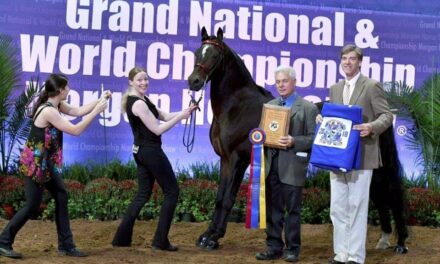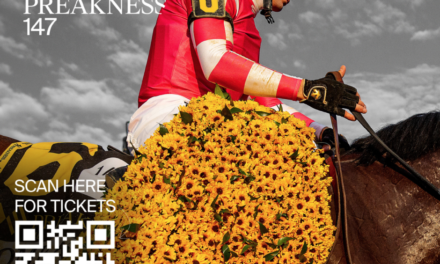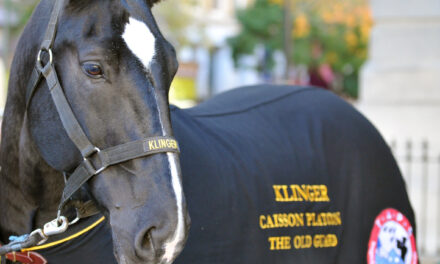by Kimberly K. Egan and Corinne M. Pouliquen (first published in the April 2022 Equiery)
There are three inches of snow on the ground as of this writing. But we know that just under the surface, Mother Nature is preparing for an explosion of energy, and our horses are ready to feast on fresh spring grass.
April is our annual Farm Fix-Up issue, which means it’s time to start repairing the ravages of the winter weather and planning barn and pasture improvements. Some of the best resources in Maryland for pasture improvements are the county Soil Conservation Districts (SCDs) and our Equine Studies Program at the University of Maryland (UMD). Every county has an SCD and several have equine specialists. The UMD Equine Studies program offers classes in equine nutrition, equine reproduction, and equine management. UMD is also home to the 5.5 acre Equine Rotational Grazing Experimental Farm in Clarksville, featured on this month’s cover.
While many think of farm stewardship as a relatively recent phenomenon, the practice is as old as agriculture itself. The ancient Greeks had sophisticated systems for recycling manure from livestock stabled over the winter. The Torah and the Old Testament instruct farmers to leave buffers around fields — “When you reap the harvest of your land, you shall not reap your field to its very border, neither shall you gather the gleanings after the harvest.” (Lev 19:9-10) (quoted by Pope Francis in Laudato Si).
Records of polyculture livestock pastures and manure composting go back at least as far as the Middle Ages. The indigenous peoples of North America practiced rotational farming in the Eastern Woodlands.
One of the United States’ earliest soil conservationists was Thomas Jefferson. Jefferson knew that intensive farming depleted the soil. He knew that erosion washed his valuable top soil down river. He understood the value of cover crops, top-dressing soil with organic matter (i.e., “green dressing”), and manure recycling.
Our most common pasture grasses for horses come from ancient lands. Alfalfa originated in what is now Iran and Turkey. Timothy grass comes from northern Eurasia. Kentucky blue grass oraiginated in England. Clover was used as livestock forage by the Saxons as far back as 800 AD. Tall fescue, orchard grass, and perennial ryegrass are native to most of Eurasia, from Siberia to North Africa. Smooth brome grass comes to us from the high plains of Hungary.
Why do we care? Because Maryland horse farms are part of an ecological network that goes back millennia. Our SCDs combine this ancient knowledge with the latest scientific advances and provide cutting edge resources on nutrient management plans, cost sharing for buffers, anti-erosion strategies, and a host of other best management practices. Our Farm Stewardship column on page __ provides contact information for the equine specialists at your local SCD and describes the resources they offer.
They are a wonderful (and free) resource, and we encourage every horse farmer to take advantage of them.












